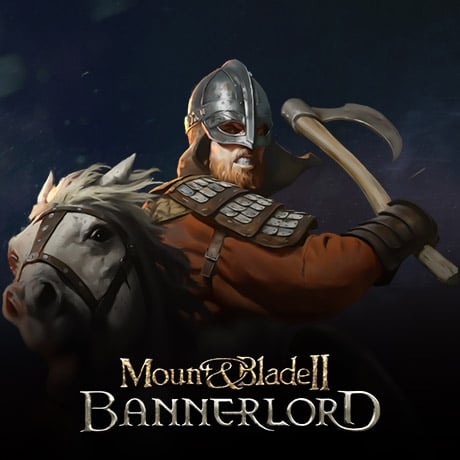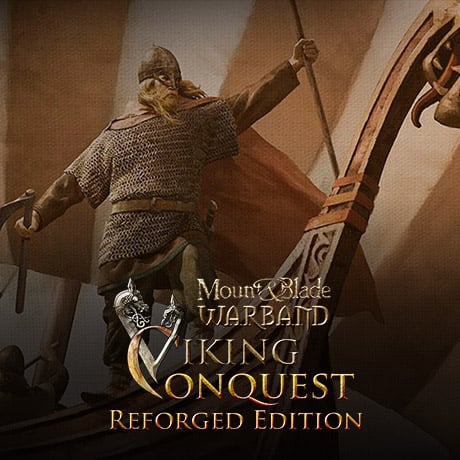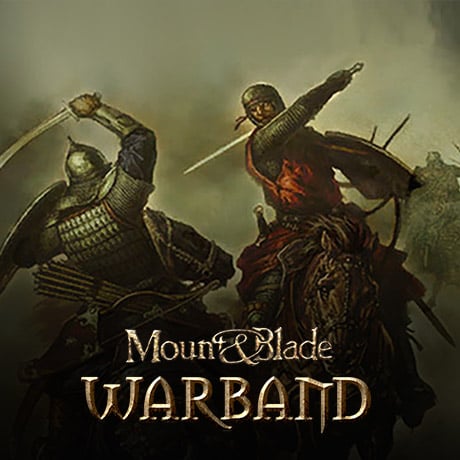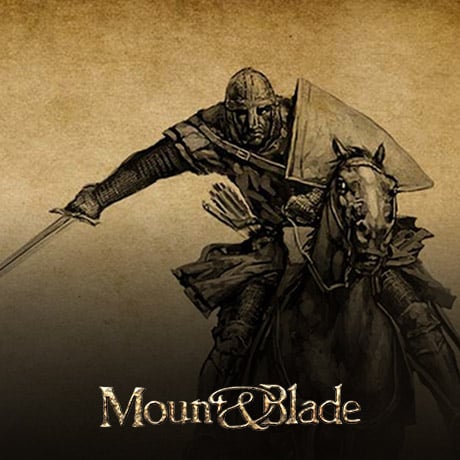Consul_Kaiser
Veteran

To make AI more sophisticated in a large battle scenario in a game like Mount and Blade: Bannerlord, you can consider the following approaches:
- Tactical decision-making: Develop AI algorithms that enable NPCs to make strategic decisions based on their role, abilities, and the current battle situation. This includes deciding when to attack, retreat, flank, or use special abilities. Consider implementing decision trees, finite state machines, or other AI techniques to guide their behavior.
- Group coordination: Enable AI-controlled units to coordinate their actions and work together as a group. Implement formations, such as shield walls or spear walls, that units can organize themselves into based on the battle situation. AI units should be aware of their position in the formation, adjust their actions accordingly, and respond to commands from the player or their designated leaders.
- Target prioritization: Implement AI logic that helps NPCs prioritize their targets based on factors like threat level, proximity, or importance. For example, archers should target high-value enemies or those posing the greatest threat to their allies. AI units should dynamically assess the battlefield and adjust their targeting accordingly.
- Adaptive behavior: Create AI that can adapt to changing circumstances during battle. This includes reacting to the player's tactics, adjusting their strategies based on the terrain or environment, and recognizing and exploiting weaknesses in the player's defenses.
- Communication and signaling: Allow AI units to communicate with each other through visual or auditory cues, indicating their intentions, targets, or requests for support. This can help create a more immersive and realistic battle experience.
- Flanking and maneuvering: Develop AI algorithms that enable units to flank the player or other AI-controlled factions. This requires them to assess the battlefield, identify weak points in the enemy's formation, and execute coordinated movements to exploit those weaknesses. Implement pathfinding algorithms that allow AI units to navigate complex terrains efficiently.
- Morale and leadership: Incorporate morale mechanics that affect AI behavior. Implement systems where AI units' morale can be influenced by factors such as casualties, the presence of leaders, or battlefield events. Units with high morale should fight more effectively, while low morale can lead to disorganization or retreat.
- Awareness of battlefield conditions: Provide AI units with awareness of the overall battlefield conditions. They should be able to recognize changes in the battle situation, such as the arrival of reinforcements or the loss of key objectives and adjust their behavior accordingly.
- Learning and adaptation: Consider implementing machine learning techniques to allow AI units to learn from their experiences and improve their performance over time. This can enable them to adapt to player tactics and develop counter-strategies.














